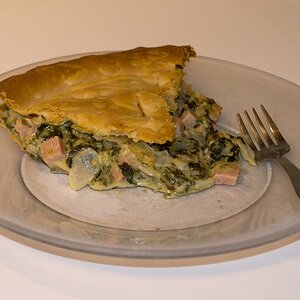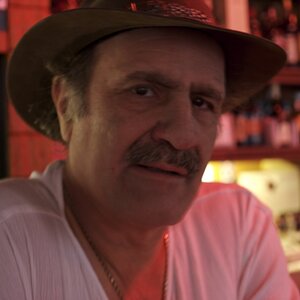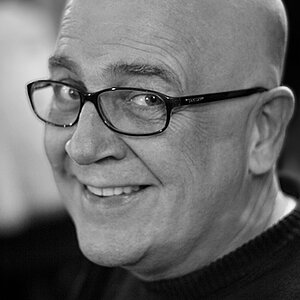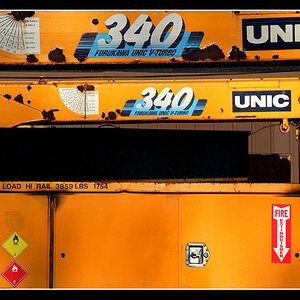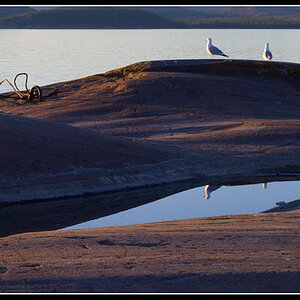Patrice
No longer a newbie, moving up!
I agree that we could go around in circles...but I still think there is a point where you are incorrect...
It doesn't matter if it's a film camera, a digital camera or a rhinoceros behind the lens...it's still 18mm.
Hey there Big Mike,
This question has been asked a thousand times and the answer has never changed. You have personally answered it a hundred times or more. There is no point in getting into an argument with someone who won't understand. Answer once, clearly and concisely, as you have done, and then just move on. Some threads just become a waste of energy.
Don't remember this being an issue when way more people were using 6x6, 4.5x6, 5x7, 6x8, 8x10 format film cameras. We all just knew and accepted that a 105mm lens would be a wide angle on some cameras and a short telephoto on others. (For many years 80mm was what I considered a normal lens.)
Last edited:


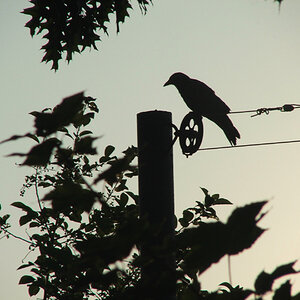
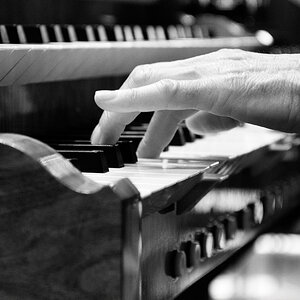
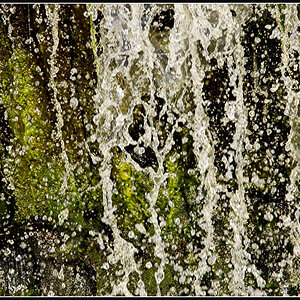

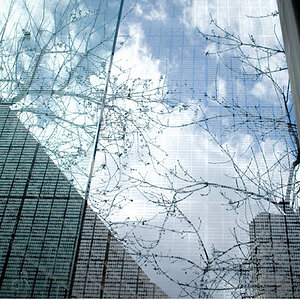
![[No title]](/data/xfmg/thumbnail/31/31011-439c1242fe08cf6b54f32bf06523a567.jpg?1619734567)
